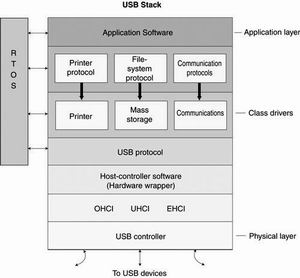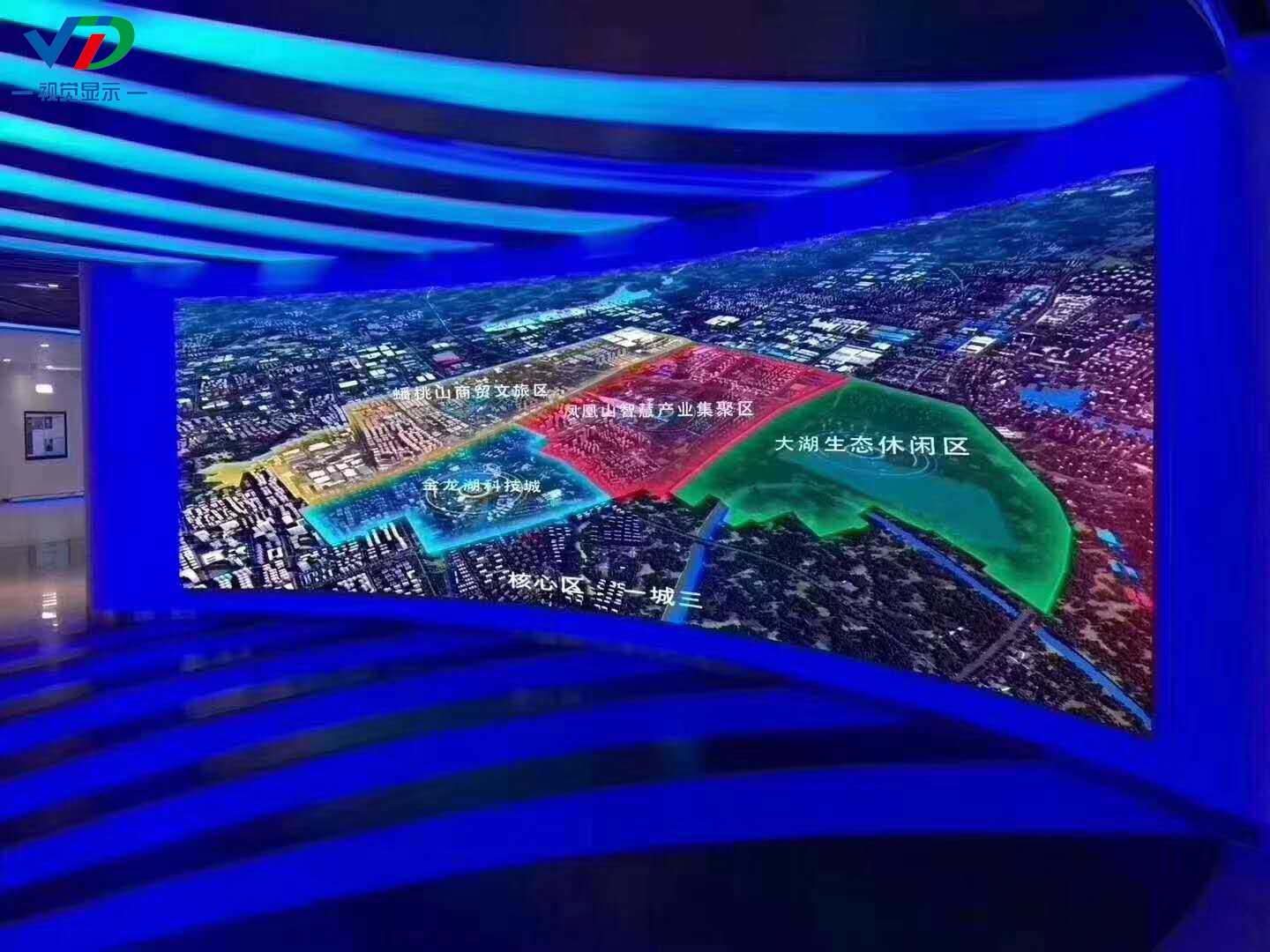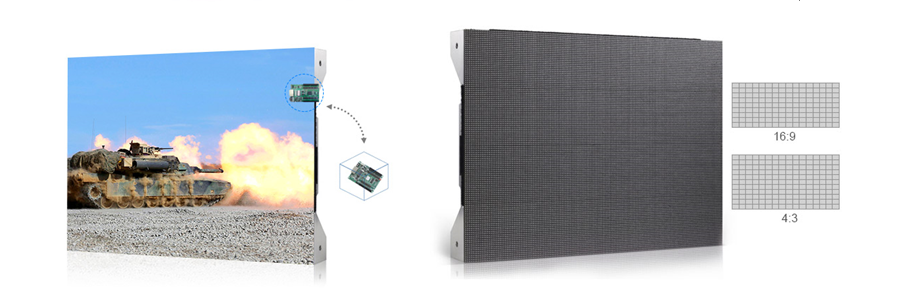USB port to find new home, settled in embedded system
Anyone who has installed a PC knows that Universal Serial Interface (USB) has similar performance to Plug and Play. Therefore, porting the USB port to an embedded system is a convenient way to control external devices. After all, USB only has two signal lines and two power connection lines, so designing a USB port will not be difficult. This task is simple to say, but it has many difficulties for designers. However, the supplier can provide everything from board to software.
The easiest way to add a USB port to an embedded system is to use a Windows- based computer. Many single-board computers ( Figure 1) provide built-in USB ports and run Windows software. Many USB peripherals are equipped with ready-to-use Windows drives. When you need to use a real-time operating system (RTOS) , the task becomes difficult. Several companies have provided chips and software that can simplify the design of USB ports, and can also obtain intellectual property (IP) licenses to add ports to systems on chip .
USB devices can play the dual role of master or peripheral. Peripherals do not need to be too intelligent, but the main USB port requires processing power and control software. The USB (OTG) specification allows certain peripherals to have limited host control functions, so that USB devices can communicate without a PC -based host controller.
The latest standard (USB 2.0) provides bus rates of 1.5Mbit / s ( low speed ) , 12Mbit / s ( full speed ) and 480Mbit / s ( high speed ) . Unfortunately, many users believe that devices marked with " USB 2.0 " have been working at 480Mbit / s . But many devices that follow USB 2.0 work at a slower transfer rate.
When planning an embedded application, you need to know exactly what USB device is used—printer, mass storage unit, or I / O controller. Then, decide how many ports you need, whether you need the main control, peripherals, or both. Most embedded applications do not require peripheral ports.
When you evaluate the port configuration, you should determine your data rate requirements. For example, although an application can transmit data at an average rate of 10 Mbit / s , it may also need to transmit bursty data at a higher rate. Remember, to achieve higher data transfer, you need to use a larger buffer at both ends of the USB connection. You may need to lower the performance requirements slightly to reduce the expensive buffering required by the design.

Picture 1 Â Single board computers such as EBC-C3Plus provide a built-in USB host control port
Â

Picture 2 Â USB stack
If you are not sure about the data rate, you can buy a development board from the USB host chip manufacturer and then simulate your application on the PC . Main control chip suppliers include TransDimensions , Cypress Semiconductor, NEC and Philips Semiconductors. Take TransDimension as an example, it provides 2- port and 3- port master chips and software. In addition, many companies also sell chips as USB peripheral controllers.
The main controller chip supports a variety of software, from a Windows- based driver that supports Philips ISP1561 to a variety of RTOS software that supports TransDimension devices . Cypress EZ master IC provided for the drive Linux and VxWorks. All USB host control ports require a "stack", its simple meaning is the layered arrangement of software, as shown in Figure 2 . Each layer forms a structure from the bottom physical layer ( wires and chips ) to the top application software layer.
At the physical layer, chip and IP vendors have adopted standard software-interface connections, which can simplify the use of master controllers in embedded designs. In this way, the stack often follows the following standards: Open Host Controller Interface (OHCI) , Universal Host Controller Interface (UHCI) , or the updated enhanced host controller interface EHCI developed for the USB 2.0 specification . These specifications describe the register-level operations used by the host controller. Through the adoption of these standards, chip manufacturers provide a common interface for driver software. The OHCI , UHCI and EHCI specifications specify the interoperability between the main controller registers and the driver software.
Typically, the hardware abstraction layer, or packaging layer, shields the stack and drivers from the specific implementation details of a particular microprocessor. The designer can obtain the source code of the packaging layer, so it can be modified to adapt to the specific microprocessor and RTOS selected . If you don't want to understand the details of this layer of software in depth, the packaging layer can be customized and developed by the supplier. You may find that using a compatible microprocessor, stack, RTOS, and USB host controller when starting a project will make development easier.
In addition to the stack, developers will also need to control drivers for peripherals. Although Windows , Windows CE and Linux can call a very rich variety of drivers for a variety of peripherals, you will still find that other operating systems do not provide the same variety of options. IC manufacturers provide USB -level drivers, which can provide a minimum set of functions required to control similar devices. Various types of devices include printers, cameras, human-machine interfaces, mass storage devices, communication devices, etc. For example, a printer-like driver can learn the status of the printer, initialize the printer, send and receive printer data, and reset the printer.
In this way, you are likely to find a printer-like driver that works with a specific RTOS and processor. However, printer manufacturers can obtain more powerful drivers on the basis of such drivers, and these drivers are often referred to as similar software libraries. However, if you plan to control a custom I / O device, you also need to prepare your own driver.
Although a PC can store hundreds or thousands of USB device drivers regardless of user needs , embedded systems do not have this flexibility. Therefore, you may only use peripherals that will ensure that they work with your system. As many embedded applications have limited disk space, they are only equipped with drivers for several common devices. Remember, if you are not sure about the device connected to the embedded system, you will not get a good design. When you consider software and drivers, please specify the specific conditions of the device communicating with the USB port.
In some cases, the need for small-sized, high-reliability, or mass-produced devices will place an embedded system from the circuit board "Squeeze" into a chip. Therefore, engineers must obtain intellectual property licenses and integrate them into ASICs or FPGAs . Several companies provide USB host controllers in the form of IP . Mentor Graphics provides a full-speed USB controller Inventra , which can be used as a master or peripheral. Synopsys provides the DesignWare core, which has multiple types of USB ports. Finally, ARC provides several USB design licenses. Each company provides its USB core in the form of VHDL or Verilog code .
Fortunately, the USB core has a standard hardware interface. For example, ARC has developed an advanced high-speed bus (AHB) for its microprocessor , which can be used for many other processor cores. IP vendors can also support the Peripheral Virtual Component Interface (PVCI) standard developed by the Virtual Socket Interface Alliance . If you decide to obtain a USB IP license, make sure it is suitable for the selected RTOS . IP license vendors can provide a range of compatible software products and development tools. In addition, IP vendors can provide assistance in software.
Unfortunately, the scope of USB design considerations is far from fully covered in this article. Readers are advised to read other relevant books and materials.
High definition Led Display refers to the screen with pixel density above p2.5, which can display clearer content at a closer distance. It is widely used in some high-end meetings, monitoring facilities, airport signs and other places.
The high-definition display screen has higher technical requirements.
1. Packaging technology. Because more lamps are arranged in limited space, the requirements for lamp beads are higher and higher, and the lamp beads are smaller and smaller. Now there are 21211515.1010.0909, etc. on the market. In order to achieve a more stable effect, the new packaging process cob packaging, directly packaging three chips into PCB, so as to achieve the purpose of more intensive lamp beads and clearer picture, the biggest advantage of this process is stability.
2. Patch technology: small lamp beads shall be welded on the PCB, which requires more accurate placement machine and solder paste machine to ensure error control.
3. After the installation process and products come out, the installation workers must receive special training to ensure the levelness and damage in the installation process.

Features of LED high clear screen:
1. As the name implies, high-definition display screen is in the same space, with high resolution and easy to reach 4K resolution. Vision display company currently has p0.9, p1.25, p1.56, p1.667, p1.875, p1.98, etc.
2. In order to ensure the flatness of the screen body, die-casting aluminum box is widely used. In this way, in addition to ensuring the levelness, there is no need for fans, and the heat dissipation is guaranteed.
3. The Vision display company has launched a single high-definition LED display, which is ultra light and ultra-thin and can be used for home theater, TV broadcast, etc.
4. Compared with the traditional monitoring monitor, LCD screen is used more, but the inherent defects such as stitching and low brightness can not be improved. The small high-definition spacing just makes up for these shortcomings, so it is widely used in the monitoring field.
5. Vision display has done a lot of investment and research and development in HD. In addition to the general HD display, there are dual data and dual power HD displays. When one power supply or signal has problems, the other signal or power supply is automatically connected to work. It effectively guarantees the use of high-end meetings or places where no mistakes can occur.

Full Hd Monitor,Hd Led Display,Digital Led Display,Hd Digital Led Display
Shenzhen Vision Display Technology Co,.LTD , https://www.ledvdi.com